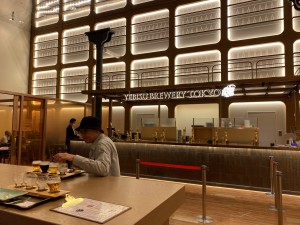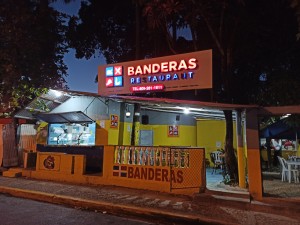EAT IN ASIA / Destinations / Other destinations / Europe / Hungary
A traditional Hungarian spirit – the world of pálinka
Tags: HUNGARY

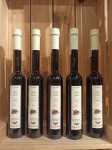
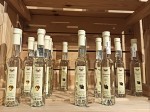
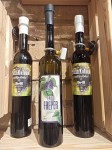
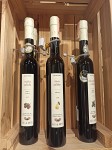
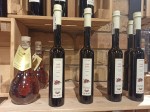


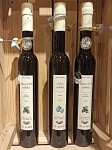
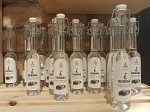
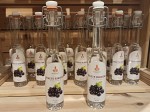
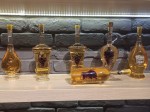
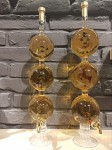
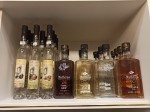

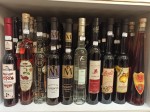
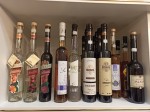
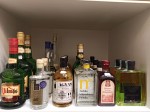
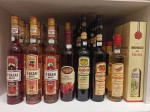
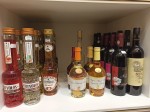
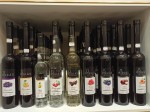
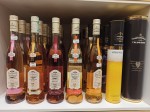
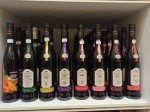

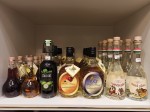
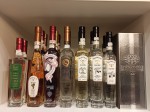
Have you ever heard about pálinka? Do you know what is that? If you are curious about that traditional Hungarian spirit, then read the post. Many cold days, heavy and stodgy meals that should give you a lot of energy, all that makes many East and Central European people to produce strong spirits. These, high-voltage drinks improve digestion and give a sudden, warming effect. That is why, it is not surprising, that in Hungary, pálinka is so popular. With Unicum, that has a very long history (you can read more about Unicum in this post), this spirit is a traditional alcoholic beverage that exists almost in every place. Hungarians love it and cannot imagine life without it. Different flavors, different brands, different bottle sizes and shapes. But one thing is common – the strength and the popularity.
What is pálinka?
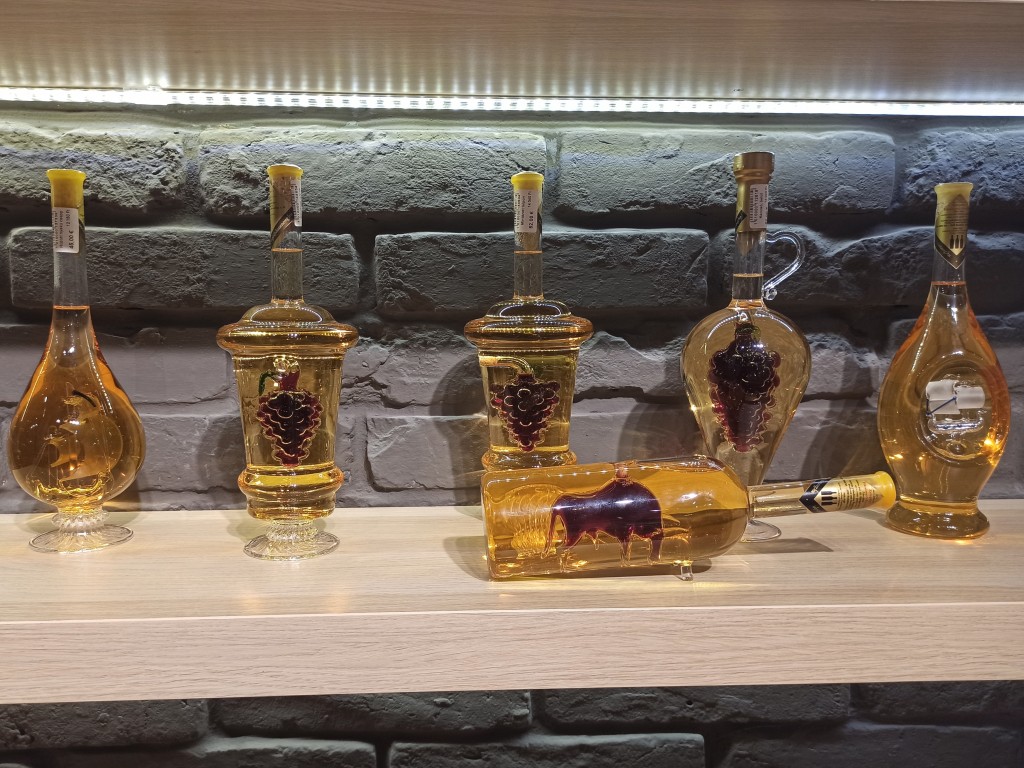
The simplest way of describing this spirit is to say that palinka is kind of a fruit brandy. It is not only popular in Hungary, but also in other Central and Eastern European countries. The name ‘pálinka’ is also protected and can be used only for spirits that either are fully produced in Hungary or in some parts of Austria. That means, that not only the distilling process has to be handled in one of these countries, but it also means that used fruits have to grow there, be there mashed, processed and finally the drink has to be bottled there too.
Usually for the distilling are used plums, pears, cherries, and apricots. As mentioned above, all of them have to mature either in Hungary or in specific Austrian regions.
Apart from using different fruits (also other than the most popular listed before) for the production, it is allowed to use chestnuts, walnuts or wheat. Pálinka that derives from wheat is called then ‘Tótpálinka’.
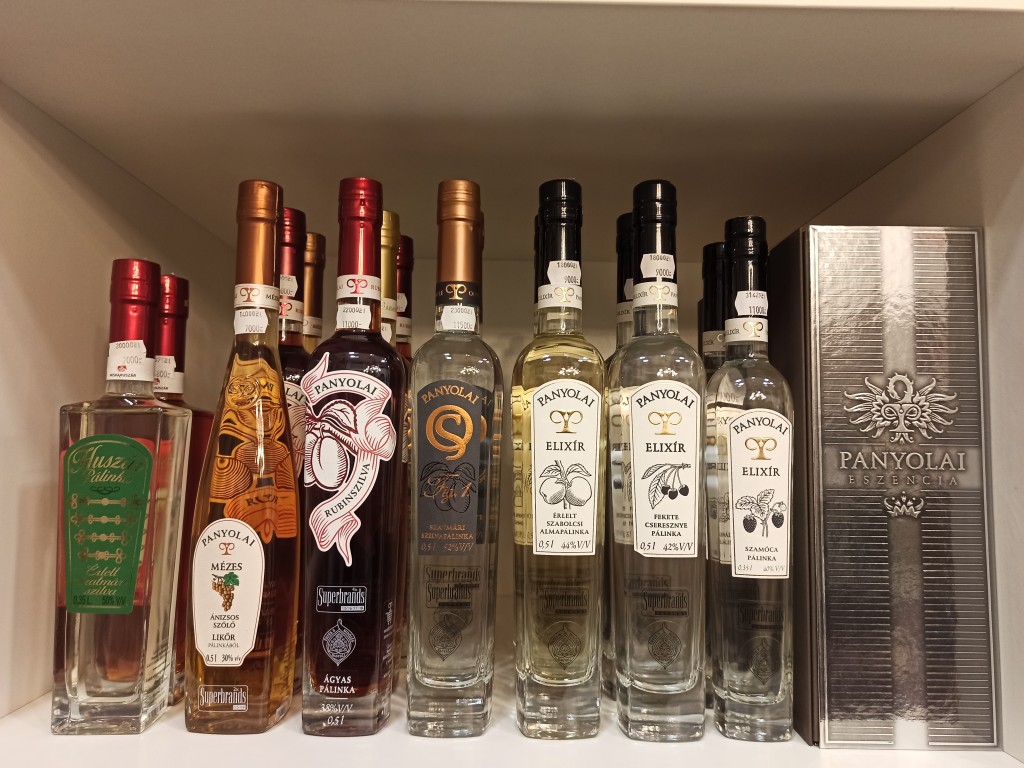
The history of pálinka
The first time when palinka was mentioned is the beginning of the fourteenth century when it was used as a medicine against arthritis. That time, the distilling process included apart from fruits also rosemary. This medicine was even used by the queen and the king!
Later on, in the nineteenth century, the production was limited by law. According to the law, only landlords could distil it, what means that for example peasants were not allowed to produce pálinka at home. Another interesting fact is that at the beginning, only fruits could be used, and the usage of wheat as a base product was prohibited. The distillation process could be handled the whole year round however, with an exclusion of religious days. All these restrictions did not stop either the abuse of alcohol or did not significantly influence the amount of the produced spirit. In the time being, with an influx of Jewish businessmen, the production increased even more.
In the eighteenth century, when the law allowed the distillation only to landlords, the illegal spirit production increased. Peasants were using fruits that could not be eaten, of a poorer quality and these in excess. What is more, the home production was significantly cheaper comparing to the final product from stores. However, the final product was not of such a good quality as the one from big distilleries.
With the beginning of the nineteenth century, the production of pálinka started on a large scale. Also in that time, two changes had place. The first is the fact, that the whole methodology of the distilling process was written down, and the second, that landlords were given the priority in the production.
In the middle of the nineteenth century, the production of pálinka was taxed and was limited to the state. In the beginning of the twentieth century existed in Hungary only slightly over 250 distilleries, while about fifty years later, the number was increased to over one thousand, to finally decrease to about eight hundred.
Varieties of pálinka
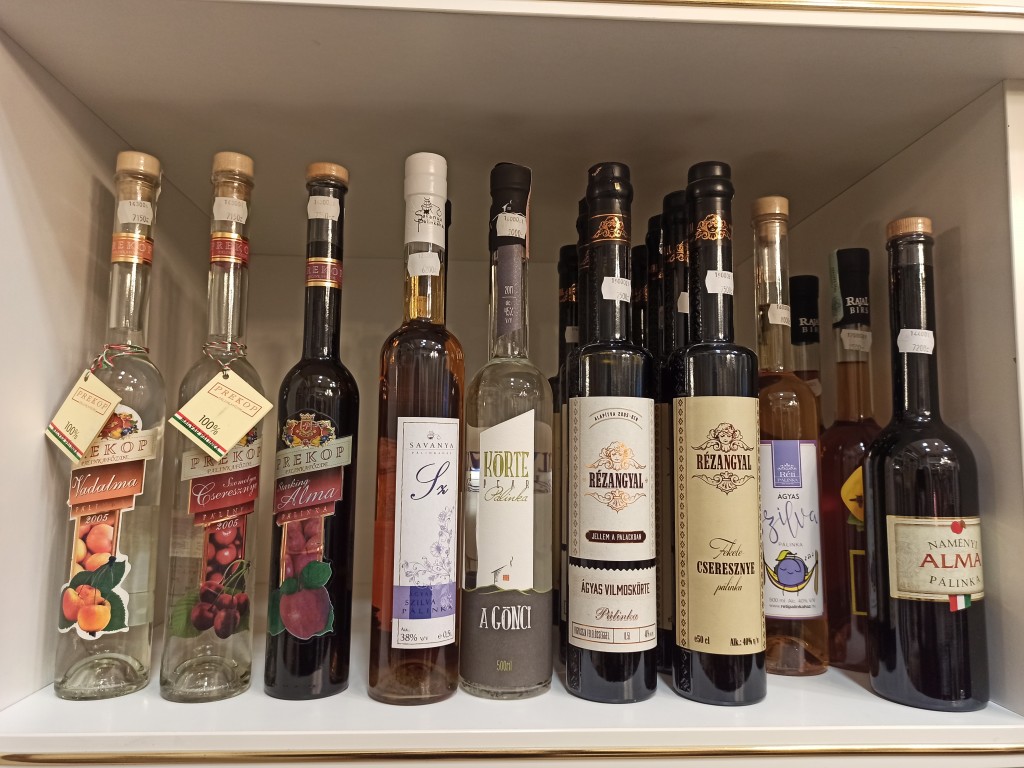
Actually, almost every fruit can be used for the distillation. While the most popular fruits are plums, pears, cherries, and apricots, you can find pálinka made of apples, quince and also mulberry.
Apart from that, there exist some special types of pálinka. It is Kisüsti, Érlelt, Ó, Ágyas, Törköly and Barack. Some varieties refer to the modification of the distilling process as it is in the case of Kisüsti. Other refer to the aging and storing process, as it is in the case of Érlelt, Ó and Ágyas. Finally, two last types of pálinka - Törköly and Barack, refer to spirits made of some specific types of fruits.
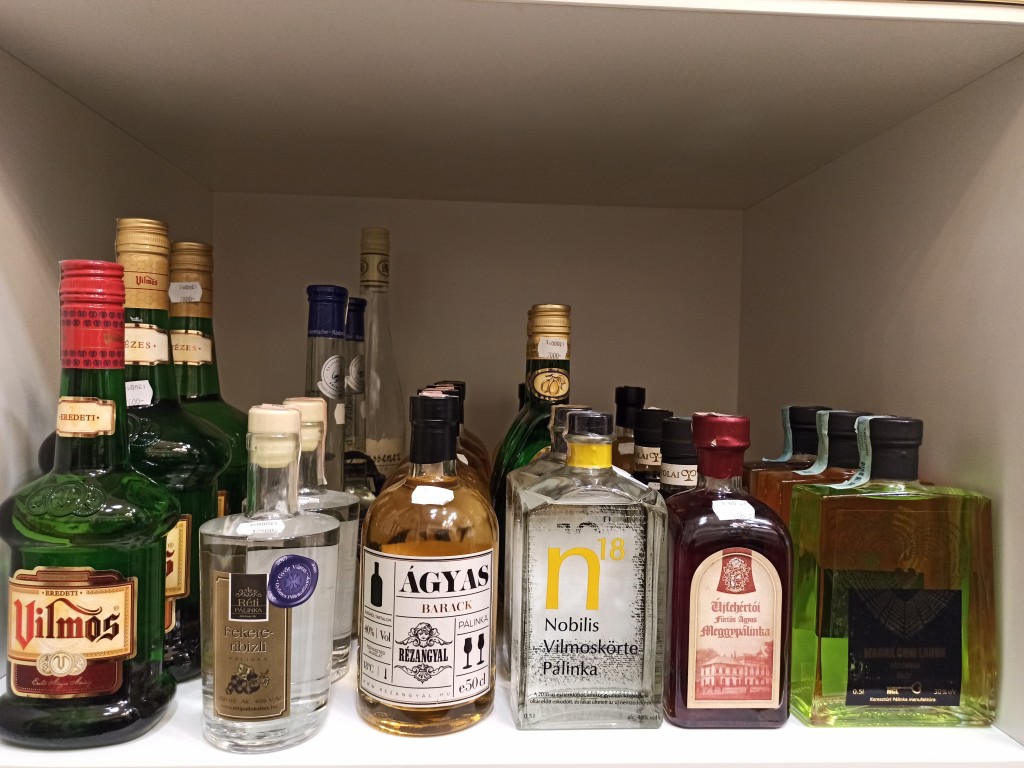
Törköly is produced from grapes and is one of the oldest types of pálinka. It is also used for the improvement of the digestion process. It is extremely popular especially in the regions where the wine is produced too, and the distilling process can start after the wine is obtained. Barack is pálinka produced from apricots.
Then we have varieties that depend on the aging time and storing. The youngest one is Érlelt that, depending on the size of the cask in which it is stored, it is aged for at least three months in case of the usage of a wooden cask smaller than one thousand liters, and at least six months in case of a cask that is bigger than one thousand liters. The same distinction applies to Ó – an old pálinka but refers to spirits aged at least one year or two years respectively.
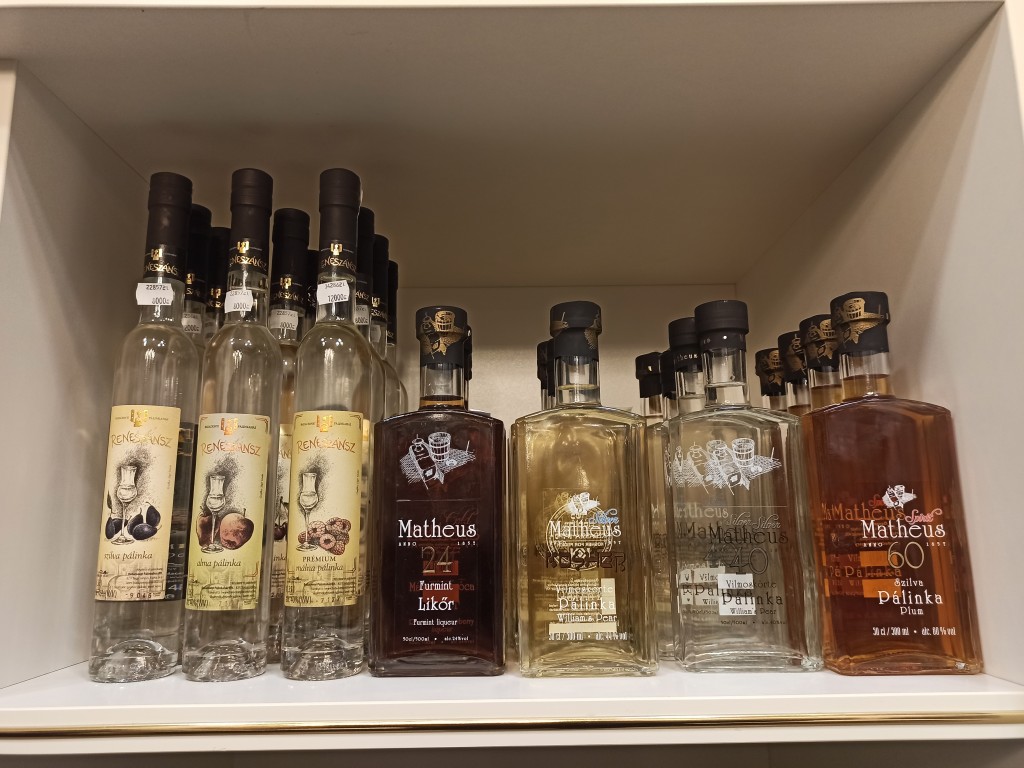
Then, when talking about aged spirits, there is Ágyas. This pálinka is obtained in a slightly different way. After the distillation, it is aged with fruits for more than three months. The type of fruits can be the same as the one used for the spirit or can be completely different. Both fresh, ripe fruits and dried can be used, but depending on which of them is added, the amount of them is different. That is due to the content of sugar in them. That is why it is needed twice as much of fresh fruits than thee dry, what means that to obtain two hundred liters of Ágyas you need either twenty kilos of ripe, fresh fruits or ten kilos of dried one.
Finally, comes Kisüsti that is pálinka distilled twice. What is more, it is produced in a pot made of copper. The size of the pot cannot exceed one thousand liters.
The production process of pálinka
The description of that process we can divide into two. The first one that is a commercial one and the second that is handled at home. However, what is in common for both of them, is the quality of the final spirit that depends highly on the quality of used fruits. That said, the better fruits are, the better pálinka is obtained in the distilling process. Unfortunately, very often not the best fruits are used in both cases. In the commercial production as it is due to cutting costs, and in the home distilling, because these better fruits are eaten fresh or used for another processing type like for jam or juice production.
Commercial production
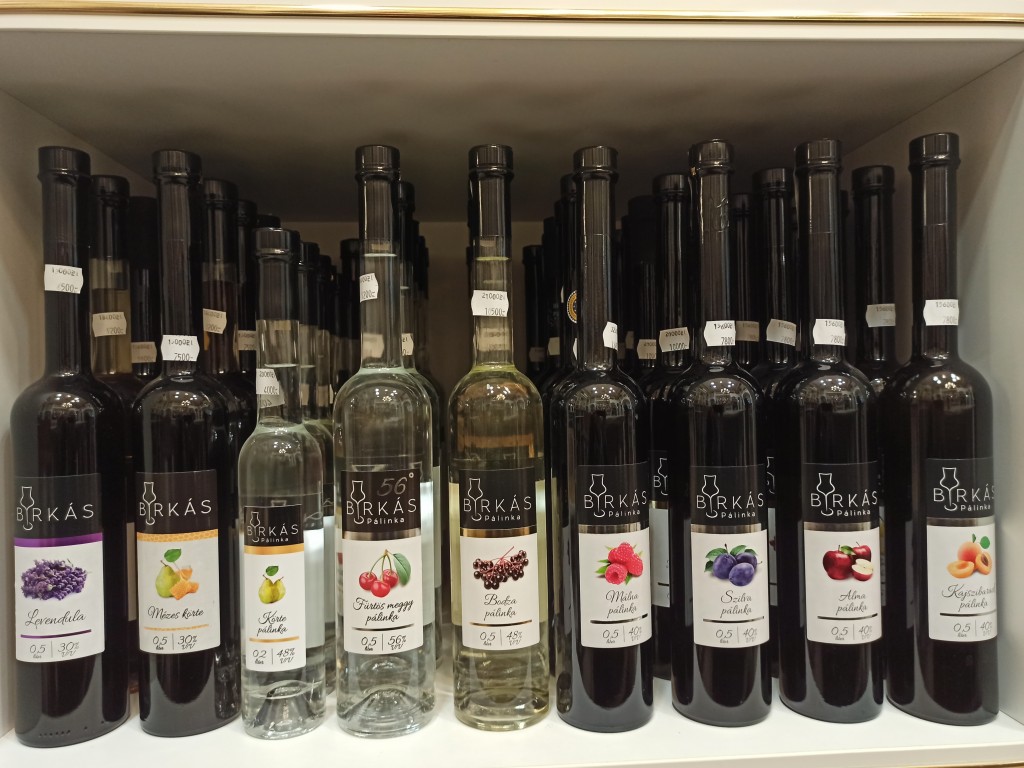
Step 1 of 4
At that stage, fruits are being prepared for the fermentation process. That means, that in case of all fruits that have bigger pits, these pits are removed. To those fruits you can include apricots, sour cherries or for example plums. Thanks to that, the cyanide that exists in pits does not take part in the distilling process. In case of other fruits like for example apples or pears, fruits are smashed or cut so that the mixture becomes softer.
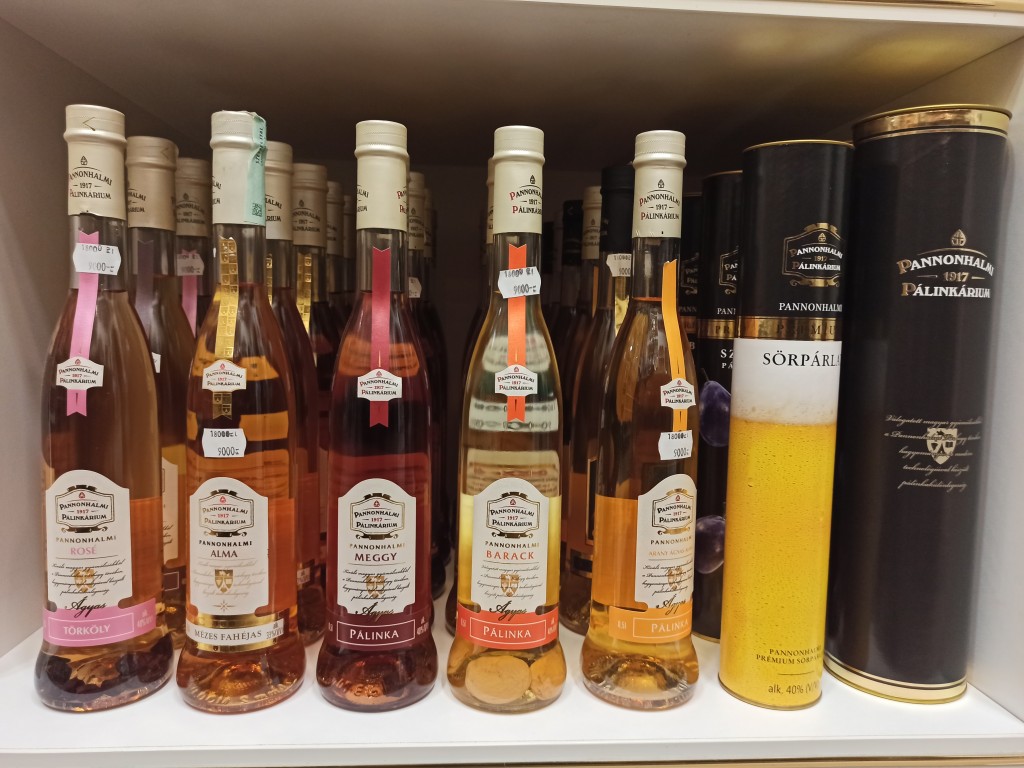
Step 2 of 4
In this step, the fermentation starts. Depending on the type of the fruit, it is either needed or not to add some additives like citric acid, that would start and accelerate the process. The fermentation process should run in the temperature of about 15 °C for about two weeks.
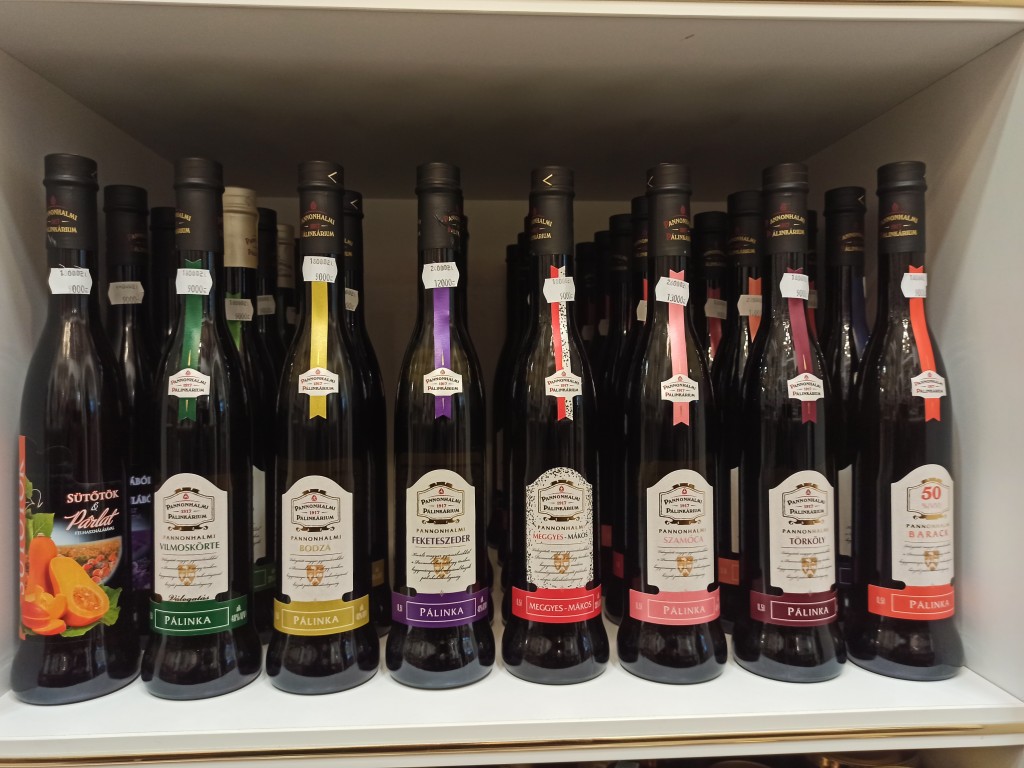
Step 3 of 4
Now comes the distillation process, that either can be carried in a pot or in a column still. The traditional method is the one in a pot still. If it is distilled in a pot, then the process goes twice. Firstly, the alcohol separation takes place, then in the second run, the full taste of fruits is extracted. In case of carrying the distillation in a column, the process is done only once and is much quicker. In consequence the final product is cheaper.
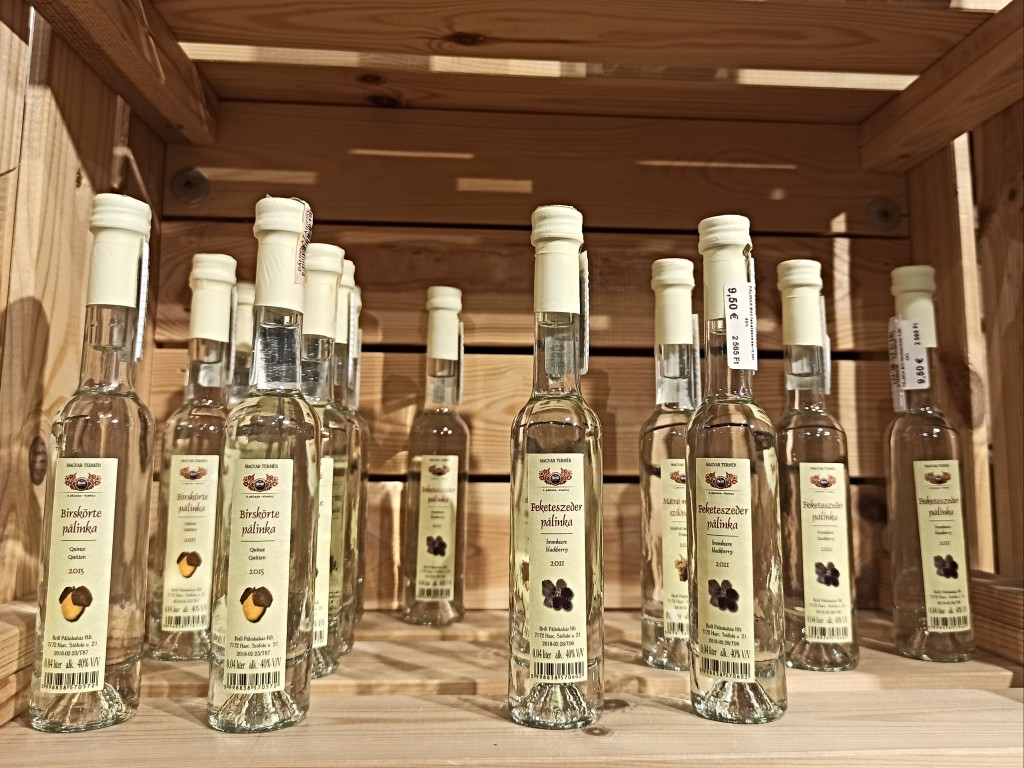
Step 4 of 4
Now it is time for aging the distilled spirit. Depending on the type of the fruit, the aging process is either carried in a wooden or in a metal cask or tanks.
Home production
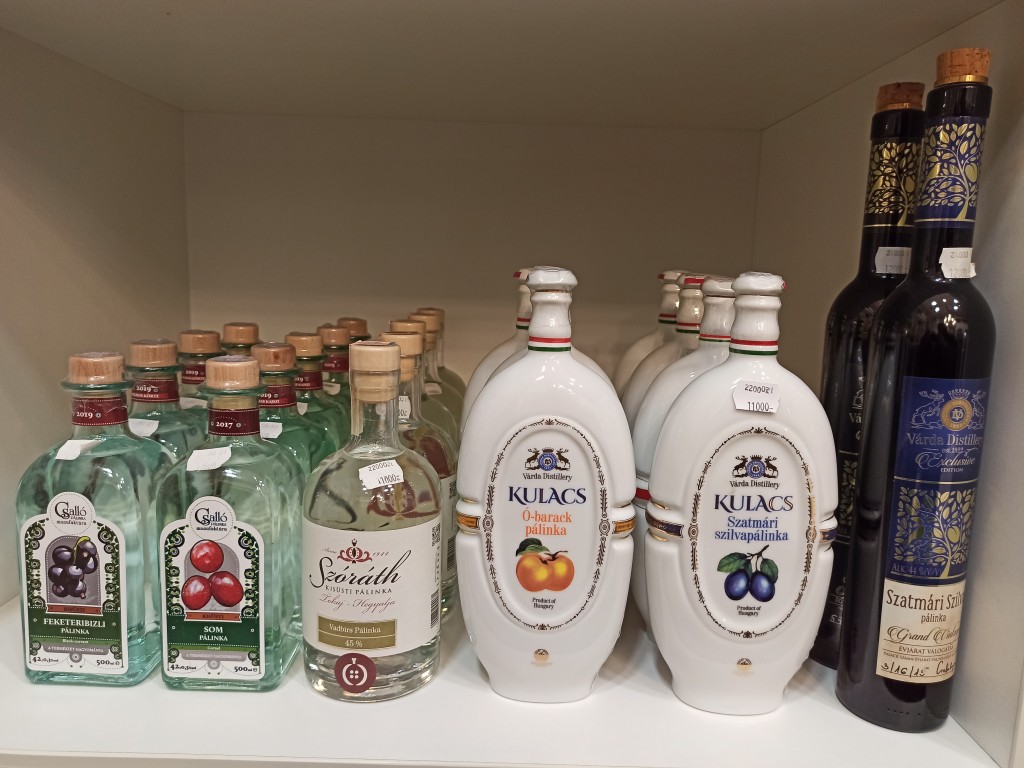
While in previous centuries it was prohibited to distill alcohol at home, now, since 2010 it is allowed to produce small amounts of alcohol for private usage. The process is less complicated and usually involves smaller and more primitive utensils. The production is also made from almost all kinds of fruits and wheat.
How to serve and drink pálinka
Pálinka should be served in a glass that has a tulip shape, what means, it is wide in the bottom and narrower in the upper part. Thanks to that, the smell of the spirit is intensified. It should also be served at a temperature of 18–23 °C. This temperature is optimal for admiring the characteristic smell and taste of the spirit.
For other regional spirits, check our post on top spirits and liquors in Romania.
Date: 2022-01-10
Author: Beti – A passionate traveler and lover of Asian cuisine, especially Thai and Japanese dishes, Bernadeta brings her culinary and cultural experiences to life in her writing. Beyond her travels, she’s an avid technology enthusiast with a deep interest in data processing, merging her love for exploration with analytical insights.
Photographer: Adalbert – An aficionado of computers and photography, Adalbert captures the essence of diverse cuisines with a discerning eye. A connoisseur of rich flavors and particularly fond of meat-based dishes, he combines his technical skills with his passion for the culinary arts in every shot.


